Map Skills for Kids: Backyard Treasure Hunt
Teaching map skills can present itself as a bit…dry. Not when you twist it into a treasure hunt! My second grader had so much fun creating her own map and then using it for a super silly backyard treasure hunt! This is an instantly motivating way to teach and practice map skills for kids. We talked about landmarks, worked on labeling and practiced map-making all in one great activity! Not to mention we did it outside, which is almost always better than inside!
Backyard Treasure Hunt Map Skills Activity
The beauty of this activity lies within its simplicity. You don’t need a ton of materials or supplies. Children just need a bit of background on maps, a blank piece of paper, and something to write with. If your kids were engaged in this fun backyard activity as mine, you should click here for a HUGE List of Free Printable Scavenger Hunts. Adapt any scavenger hunt into a map-making activity by having kids sketch maps of their journey and where and what they found! That’s some meaningful learning.
Materials You Will Need for the Backyard Map Skills Activity:
- Paper
- Writing utensil
- Treasure (pom poms, a toy, ball, anything you can hide)
Step-by-Step Instructions for the Backyard Mapping Activity
Step One:
Help children pick out major landmarks in the yard to help them understand that you don’t need to include every small detail around the yard or house to create a map. Consider items like sidewalks, the driveway, garage, street, or large trees, etc.
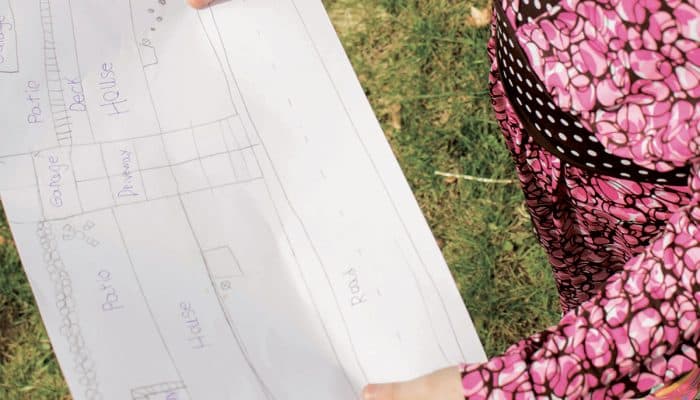
Step Two:
Begin to sketch the map! Don’t look for perfection! Remember this is a great learning opportunity just to observe and sketch the lay of the land on paper. Maps do not have to be to scale or 100 percent accurate.
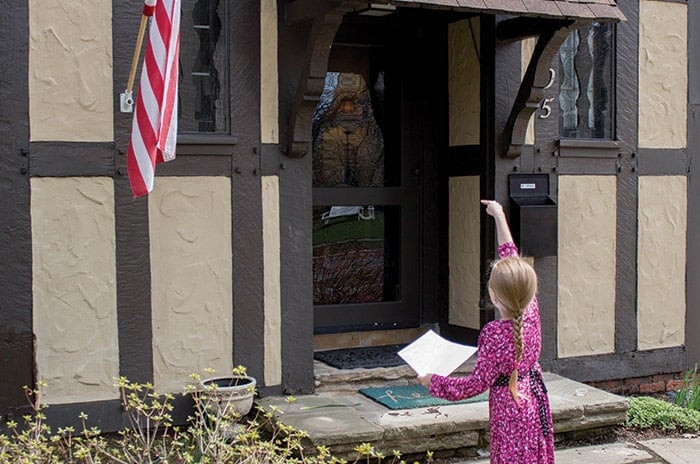
Step Three:
Once the maps are complete, the treasure hunt can begin! Hide some treasure (a toy, a few coins or pom poms, a ball, etc.). Then, use the map to find the treasure! Students can take turns hiding the treasure for others to find. They can also mark items on their maps to show where the treasure was found.
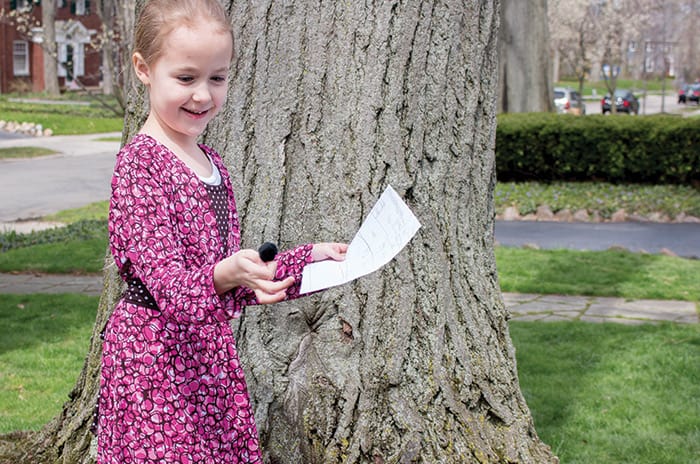
My daughter had a blast following her map to find where she had hidden her treasures, which happened to be black pom poms.

What’s Next?
Now that you’ve had fun creating a backyard map, why not visit other places to map! Try making maps of the inside of you home or classroom, or head to a local playground/park/beach to create maps of different areas.
Ways to Modify the Map Skills Activity
We always want learning to be meaningful for all kids. So, please feel free to adapt our ideas into something that makes every one of your learners feel successful. Here are few ideas you might try with this mapping activity:
- Create a template map with basic parameters/features already drawn on the map, like buildings, streets or sidewalks.
- Make the map together by pointing out large landmarks and orienting them on the page accordingly.
- Use grid paper to help keep the map more uniform.
- Check out some technology (ie., Google Earth) to see a bird’s eye view of your space before heading outdoors!
- If you’re working with a whole class, group kids in partners or small groups to work cooperatively.
- Draw a map together before heading outdoors to create individual maps.
Background Knowledge on Mapping
Introduce the concept of a map by showing your child a few examples, and pointing out key components of a map, like the compass rose and the four cardinal directions and the map key. I like to build a little bit of knowledge before having my students draw their own maps, so they understand what it is they’re doing.
Basic Map Elements: Teach students about the essential parts of a map, such as the title, compass rose (showing directions), legend (key), and scale. Explain how these elements help in understanding and using a map.
Understanding Symbols: Explain that maps use symbols to represent real-world objects and features. Introduce common symbols and what they stand for, helping students learn to read and interpret the map legend.
Directions and Compass Rose: Introduce the cardinal directions (north, south, east, and west) using a compass rose. Engage students in activities that help them practice identifying and using these directions on a map.
Types of Maps: Show different types of maps, such as physical maps (showing landforms and bodies of water), political maps (showing boundaries and cities), and thematic maps (focusing on specific topics like weather or population). Explain the purpose of each type and how they are used.
Simple Map Reading Skills: Teach basic map reading skills, like finding locations, following routes, and understanding distances. Provide simple, age-appropriate maps for students to practice these skills through interactive activities and games.
The Treasure Hunt
I admit it, the fun of this activity comes AFTER the maps are made! Start the treasure hunt by hiding some type of “treasure” in the yard.
Ask the kids to use the map as a guide as they check specific landmarks to find the hidden treasure! They will be delighted when it’s found and will gain mapping skills at the same time!
Mark the found treasure on the map and repeat! Kids will eagerly wait their turn to hide the treasure, or beg you to hide it again in a different spot! Have some fun with this one!
More Ways to Explore Mapping
I don’t know about you, but when I think map skills, I think pirates! Extend your map skills activity with any of our Pirate Theme activities here!
Frequently Asked Questions
These are frequently asked questions about the backyard mapping activity.
What are some helpful tools for mapping?
Children only need a piece of paper and a pencil for this activity, however, it can be helpful to have a clipboard for drawing outside. Having more than one color writing utensil can differentiate items on the map and stickers to mark landmarks can also be helpful.
What should be included in the backyard map?
Students should include major elements like the house, trees, garden, fences, pathways, and any other significant features like swing sets, sheds, or ponds. Encourage them to add smaller details once the main features are in place.
How can I help students who struggle with the backyard map?
Offer step-by-step guidance, use pre-drawn templates, or provide physical models of the backyard. Pairing the student with a peer or allowing them to use digital tools can also be beneficial.
What makes map-making more engaging for kids?
Incorporate elements like a treasure hunt or scavenger hunt based on the map, use technology to create digital maps, or have students present their maps to the class. Adding interactive and creative components can make the activity more fun and engaging.
Let us know how your backyard maps turned out! Where else did you go to make a map?
Pirate Themed Activities:
- Pirate Theme Number Mats for Counting to 10
- Pirate Theme Number Mats for Counting 11-20
- Pirate Theme Round to 10 Board Game
- Pirate Sensory Bin
- Gold Rock Subtraction Activity
- Golden Treasure Slime
More Scavenger Hunts You’ll Love:
More Ourdoor Learning Activities:
- Nests Nature Hunt for Kids
- Outside Arrays for Multiplication Practice
- Sidewalk Chalk Outdoor Math Game
Search All Activities
Looking for more? Find exactly what you need here:





















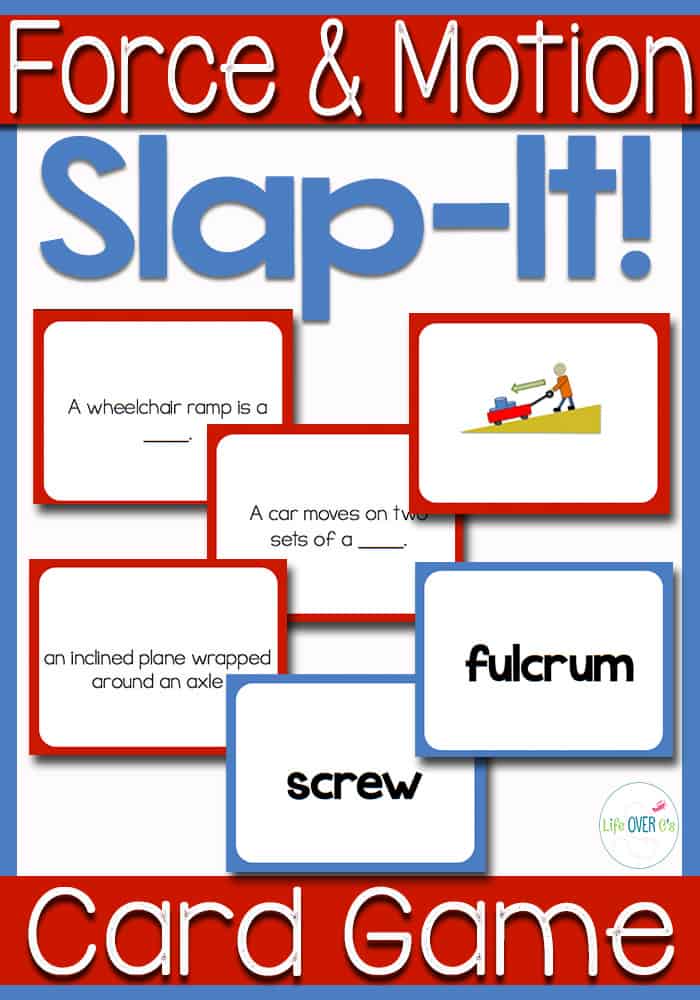

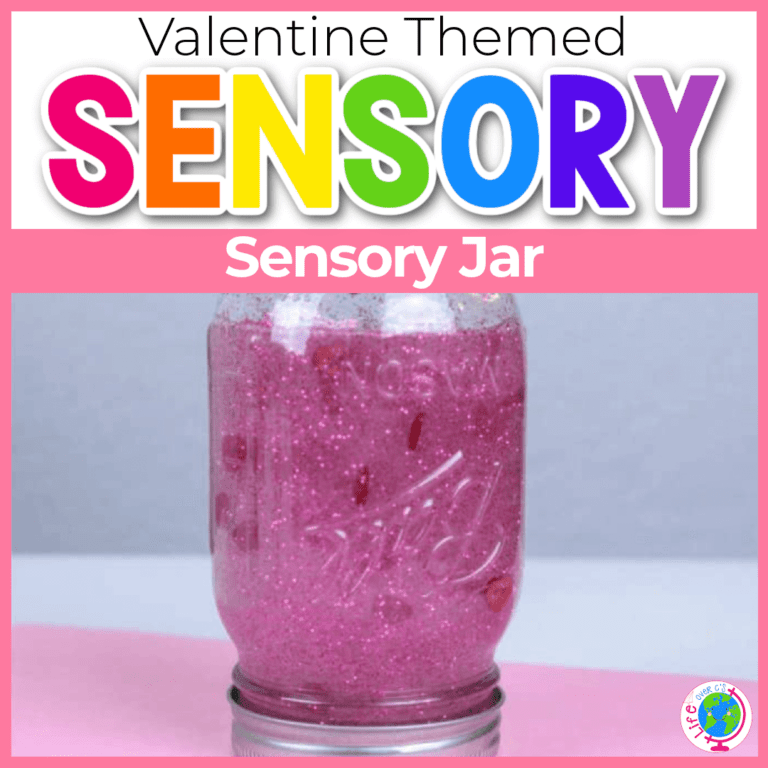
I love how you allow her such ownership over her own learning!